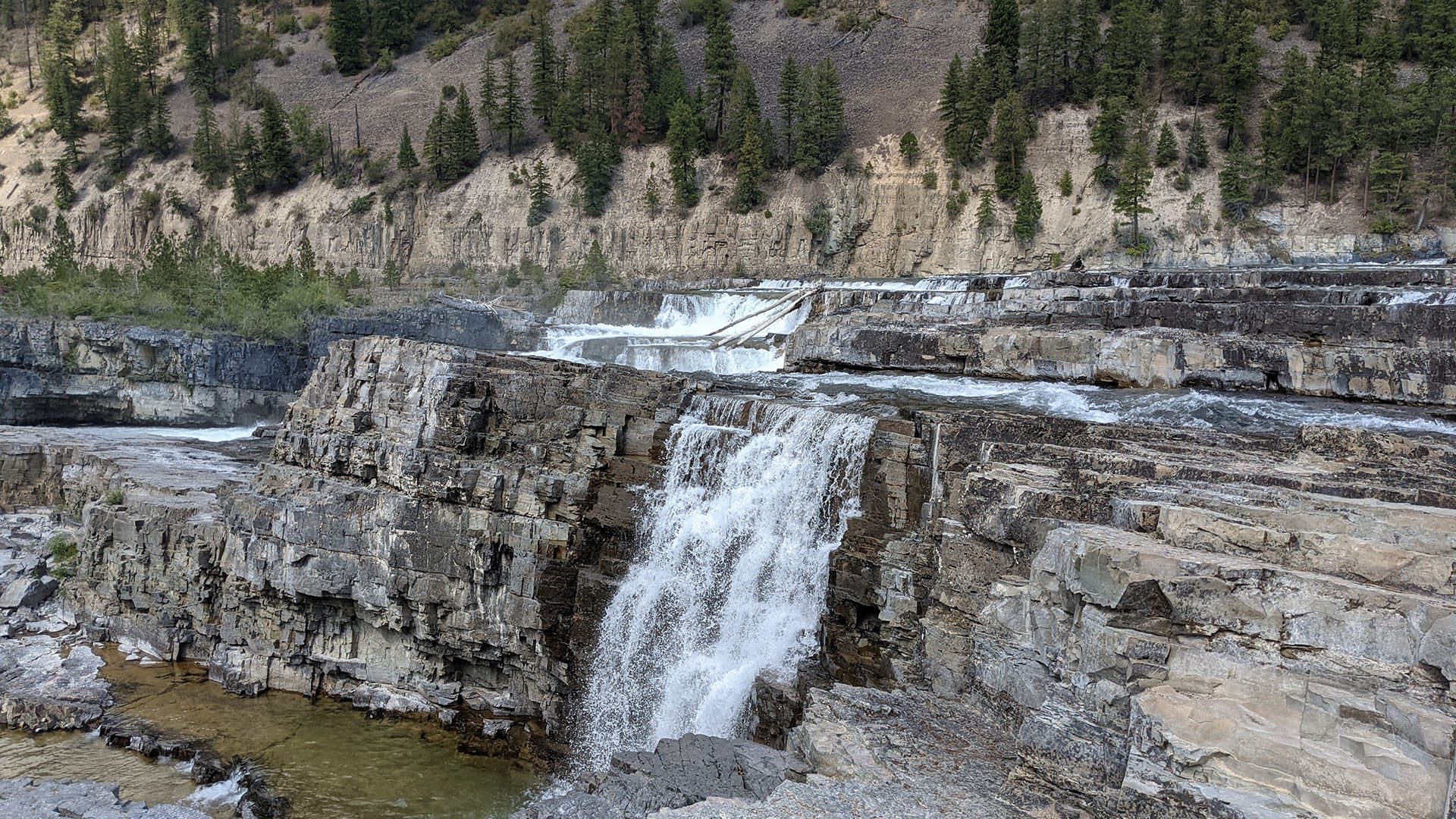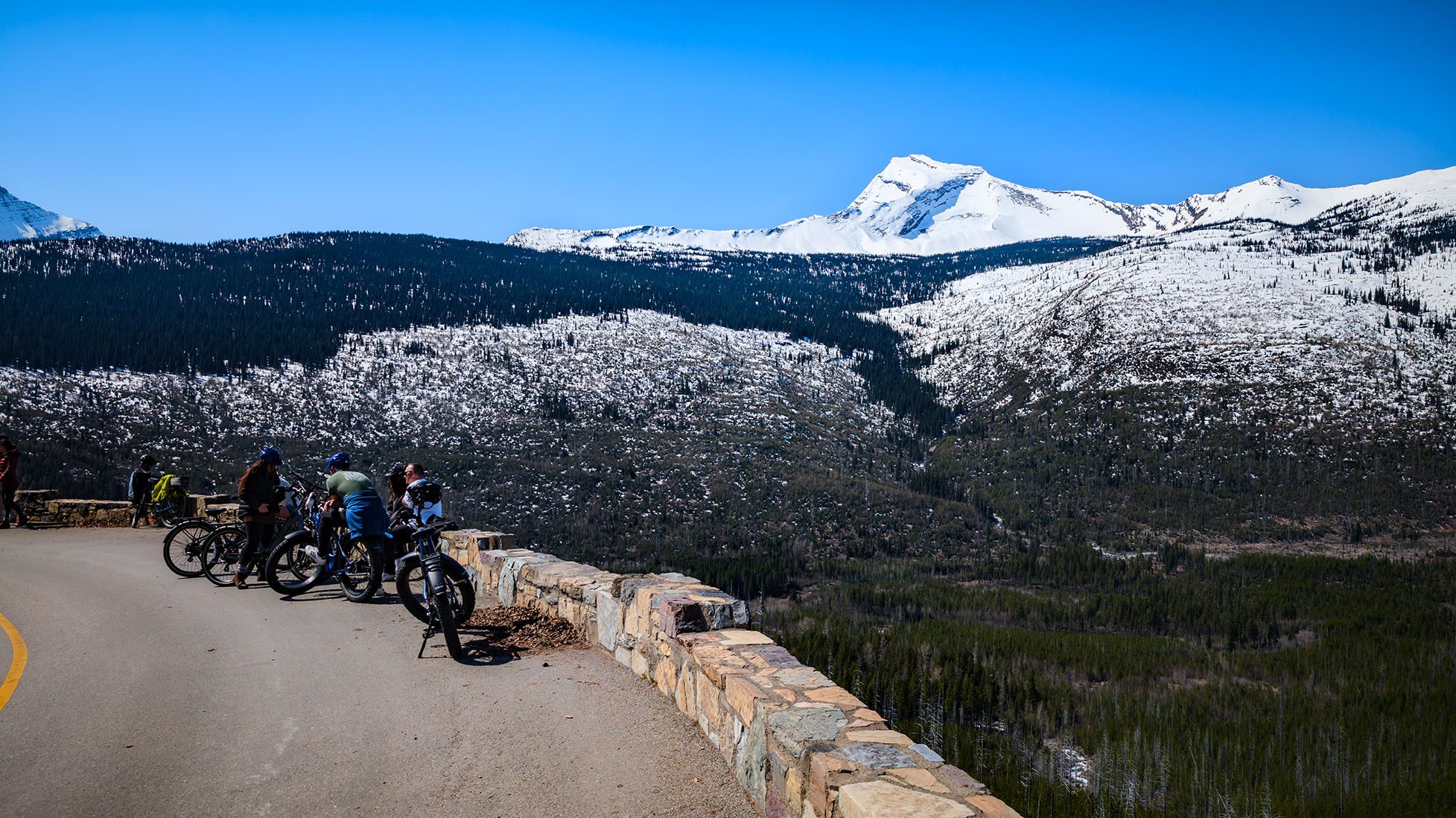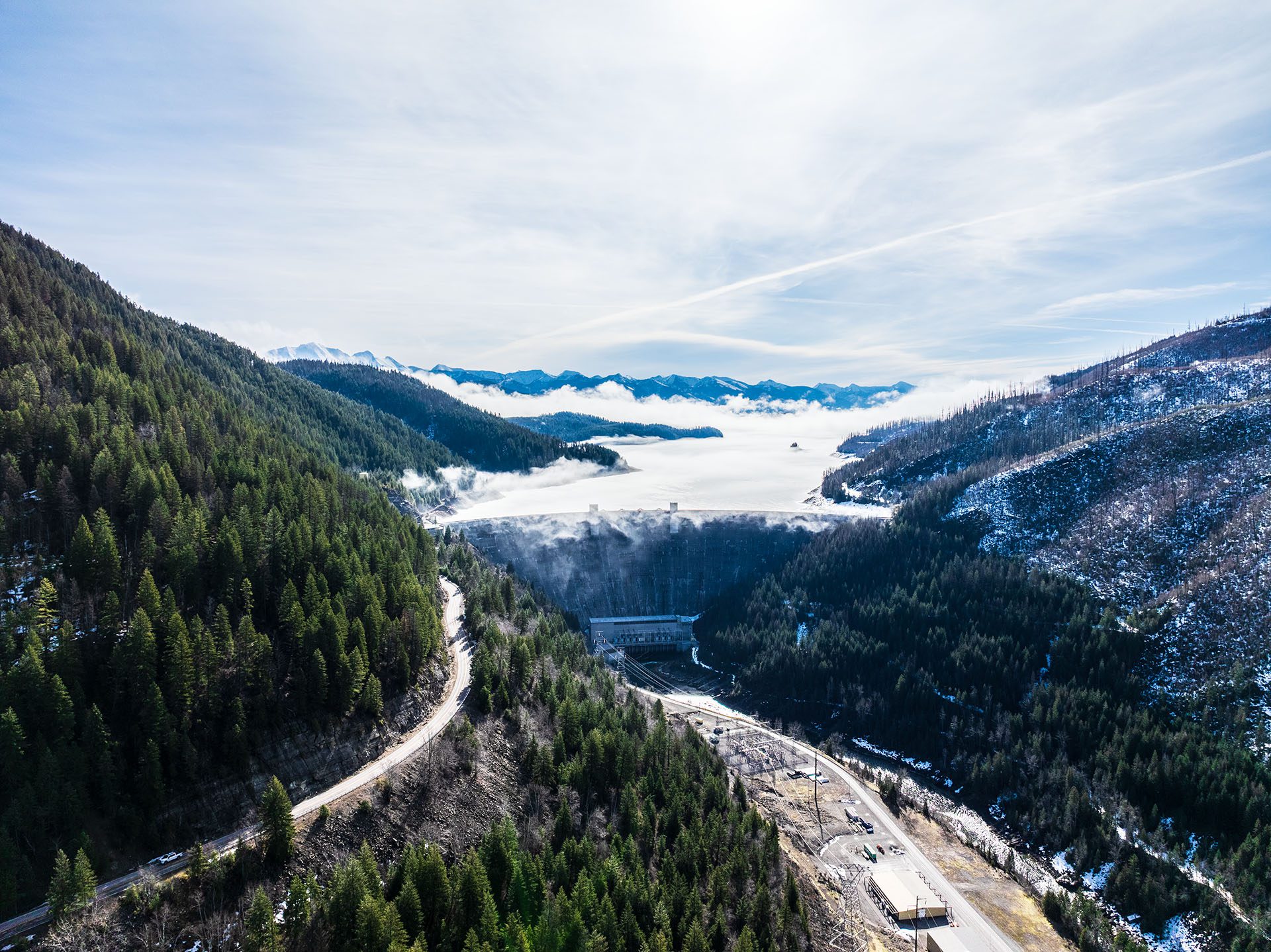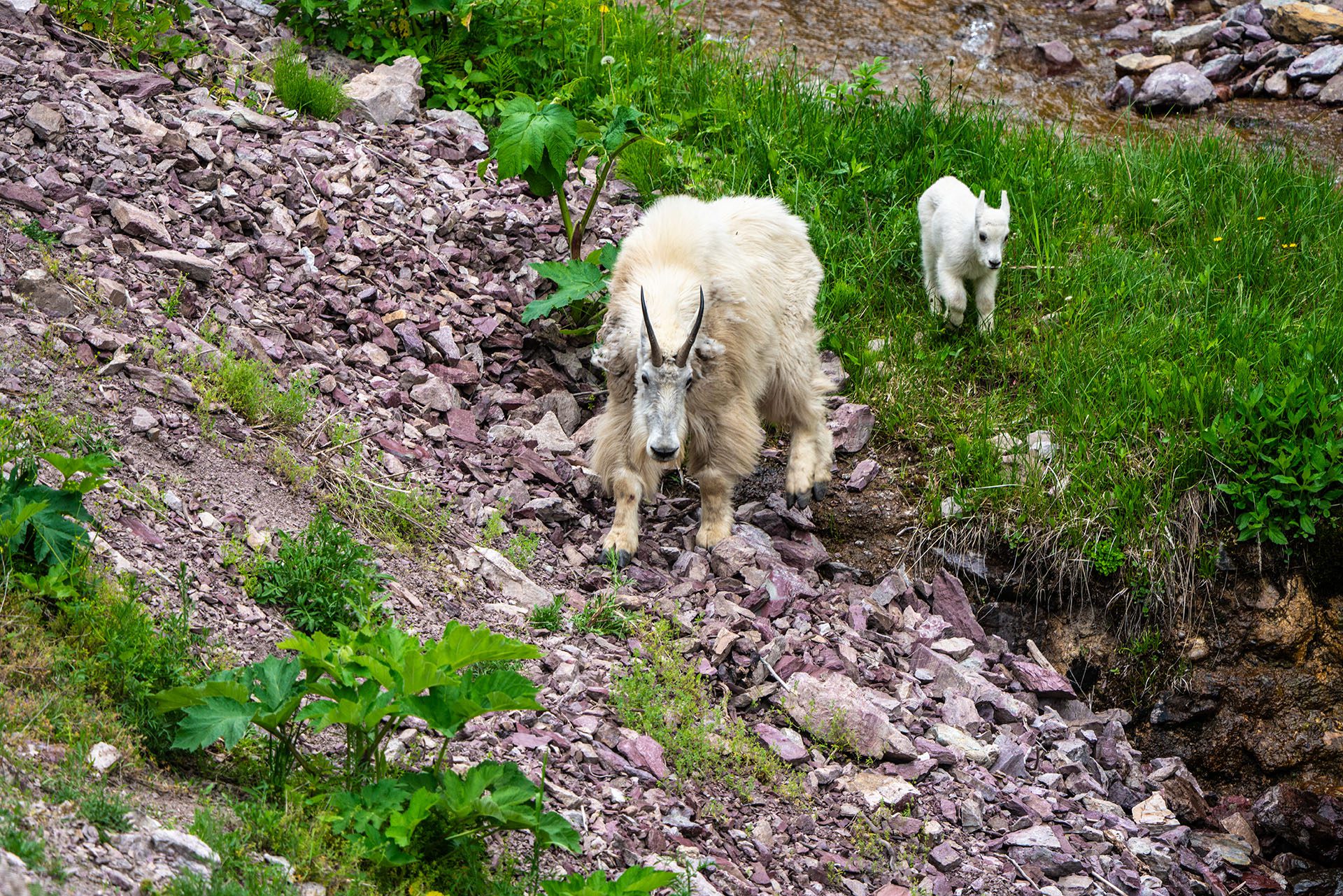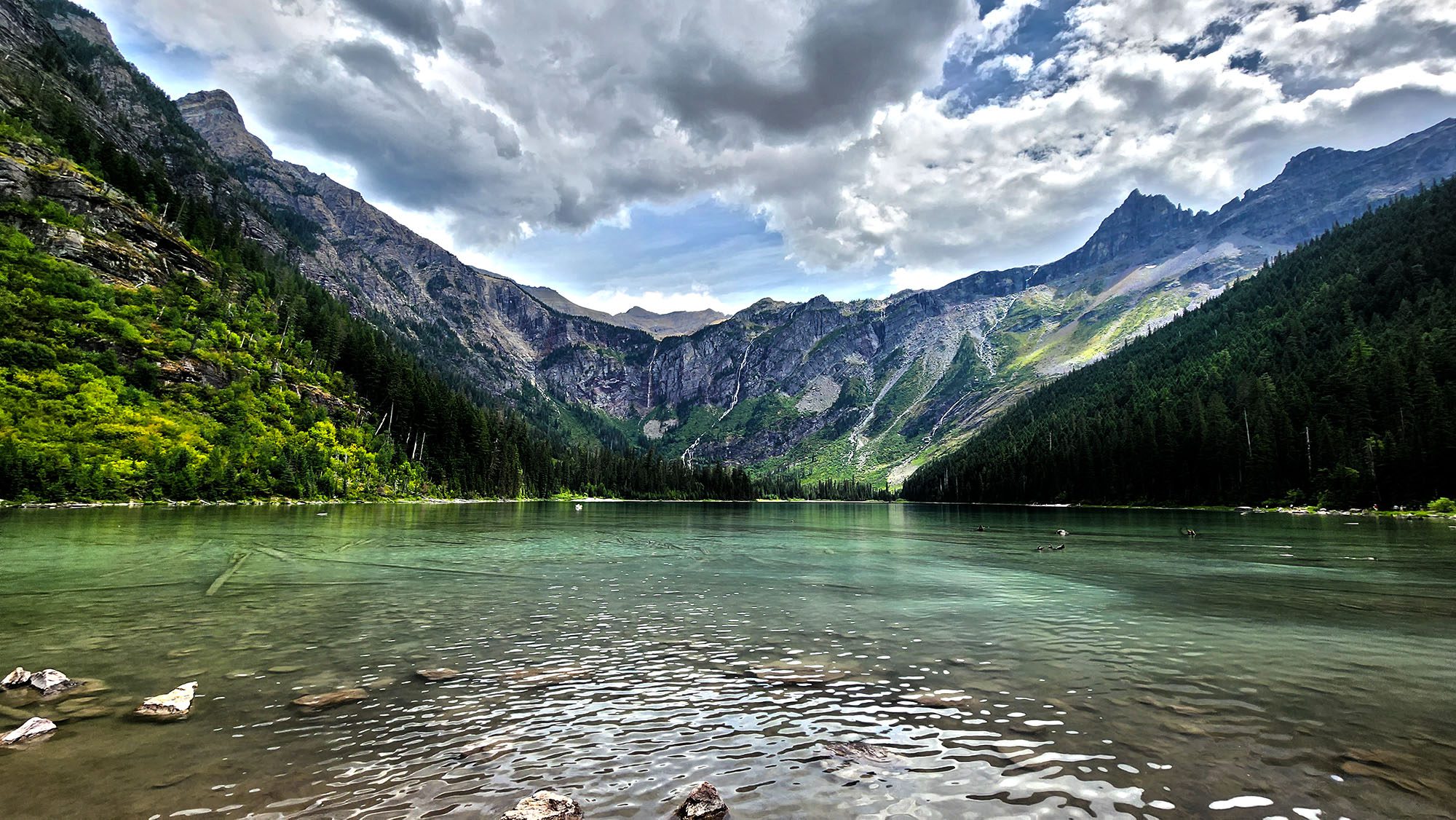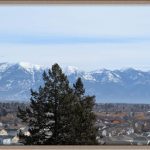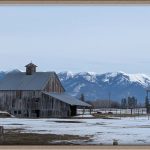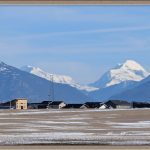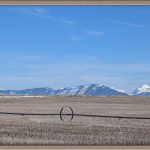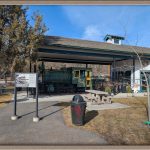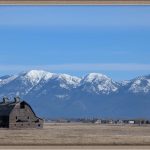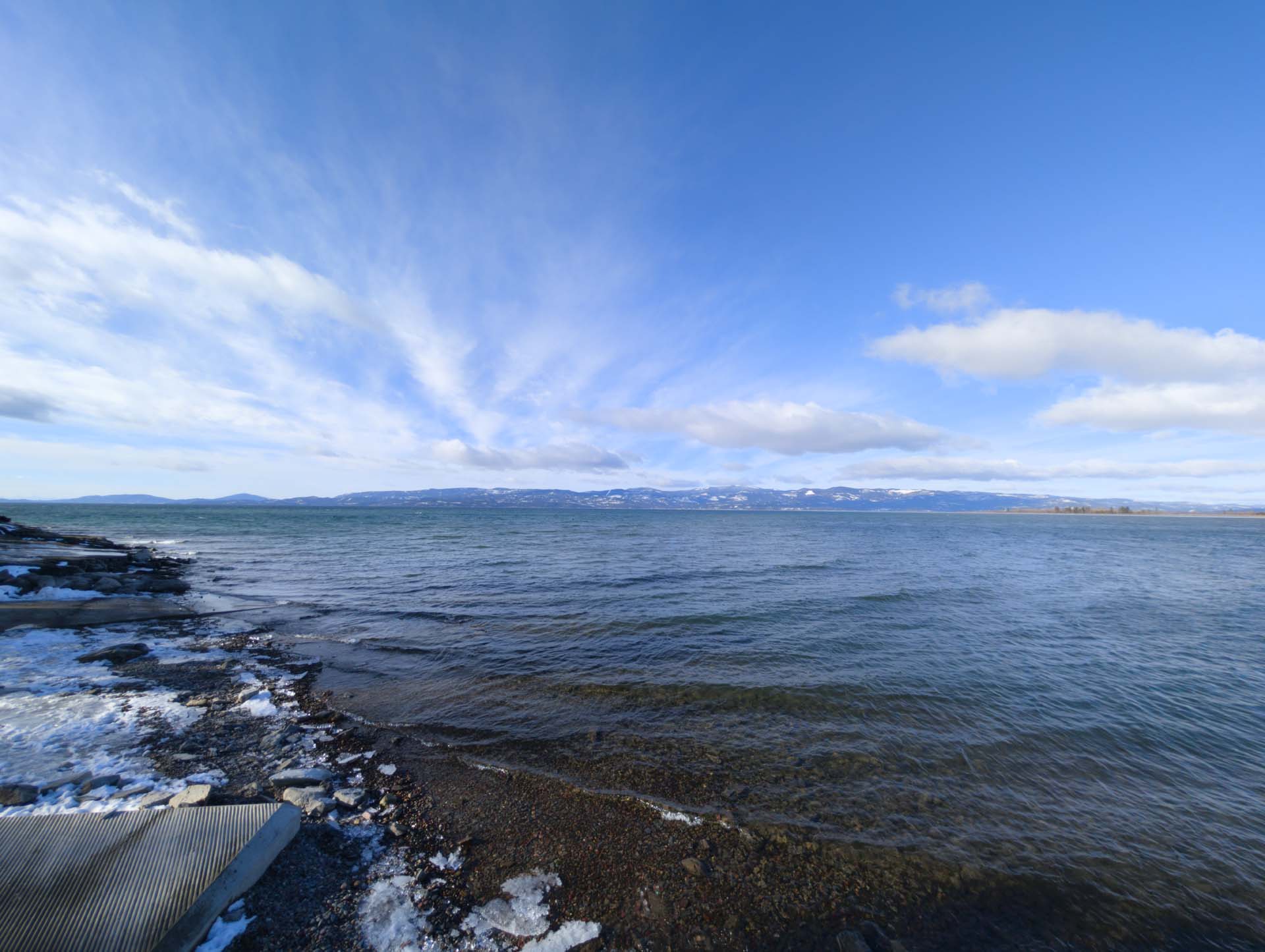Kootenai Falls: Montana’s Majestic Waterfall & Swinging Bridge
Nestled in the rugged landscapes of Lincoln County, Montana, Kootenai Falls stands as a testament to nature’s grandeur and spiritual significance. As the largest undammed waterfall in the state, it offers visitors a unique blend of natural beauty, cultural heritage, and outdoor adventure.
A Sacred Site with Rich History
For the Kootenai Tribe, the falls are more than just a natural wonder—they are a sacred site viewed as the “center of the world,” where tribal members commune with spiritual forces. In the early 1800s, Canadian explorer David Thompson navigated this area, following trails marked by the Kootenai people.
Location & Access
Kootenai Falls is located along U.S. Route 2, approximately 12 miles west of Libby and 6 miles east of Troy. The falls are accessible via a short hike from a well-marked parking area on the north side of the highway.
Geological Marvel
The falls are part of the Kootenai River, which drops 90 feet over a series of rapids and cascades within a mile. The main waterfall boasts a 30-foot drop and spans nearly 1,000 feet in width, making it one of the widest waterfalls in the United States.
The Iconic Swinging Bridge
Just downstream from the falls lies the Kootenai Falls Swinging Bridge, a 210-foot-long suspension bridge originally constructed in the 1930s by the Civilian Conservation Corps to aid firefighting efforts. Rebuilt in 2019 to accommodate increasing visitors, the bridge offers panoramic views of the river and surrounding forest.
Hiking & Wildlife
Visitors can embark on a 1.6-mile round-trip hike that leads to both the falls and the swinging bridge. The trail begins with a level path, followed by a descent over a railroad overpass and a series of stairs. Along the way, hikers may encounter diverse wildlife, including bighorn sheep, black bears, moose, and bald eagles.
Nearby Attractions
Kootenai National Forest: Encompassing over 2.2 million acres, this forest offers opportunities for hiking, camping, and wildlife viewing.
Lake Koocanusa Scenic Byway: A 67-mile drive along Highway 37, providing stunning views of the lake and access to recreational activities.
Cabinet Mountains Wilderness: Located within the Kootenai National Forest, this area features rugged, glacier-carved mountains ideal for backcountry exploration.
Visitor Tips
Best Time to Visit: Late spring to early summer offers the most impressive water flow.
Facilities: The parking area includes restrooms, picnic tables, and a seasonal concession stand.
Safety: Exercise caution near the water’s edge, as there are no guardrails. Keep a safe distance from wildlife and supervise children closely.
Conclusion
Kootenai Falls is a must-visit destination for those seeking natural beauty, cultural depth, and outdoor adventure. Whether you’re passing through on a road trip or planning a dedicated visit, the falls and their surrounding attractions offer an unforgettable Montana experience.


